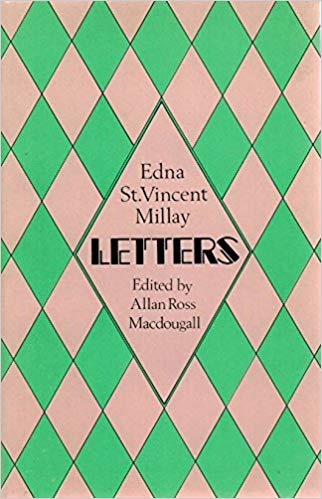*Marginal probability doesn’t have memory.*
What do I mean?
That’s just how it is.
Or is it?
Then both MM* and M*M contain marginal probabilities along their diagonal.
And...
So what’s going on??
But what does that mean?
See you back in Part 2!
Get real-time email alerts when new unrolls are available from this author!
Twitter may remove this content at anytime, convert it as a PDF, save and print for later use!

1) Follow Thread Reader App on Twitter so you can easily mention us!
2) Go to a Twitter thread (series of Tweets by the same owner) and mention us with a keyword "unroll"
@threadreaderapp unroll
You can practice here first or read more on our help page!



